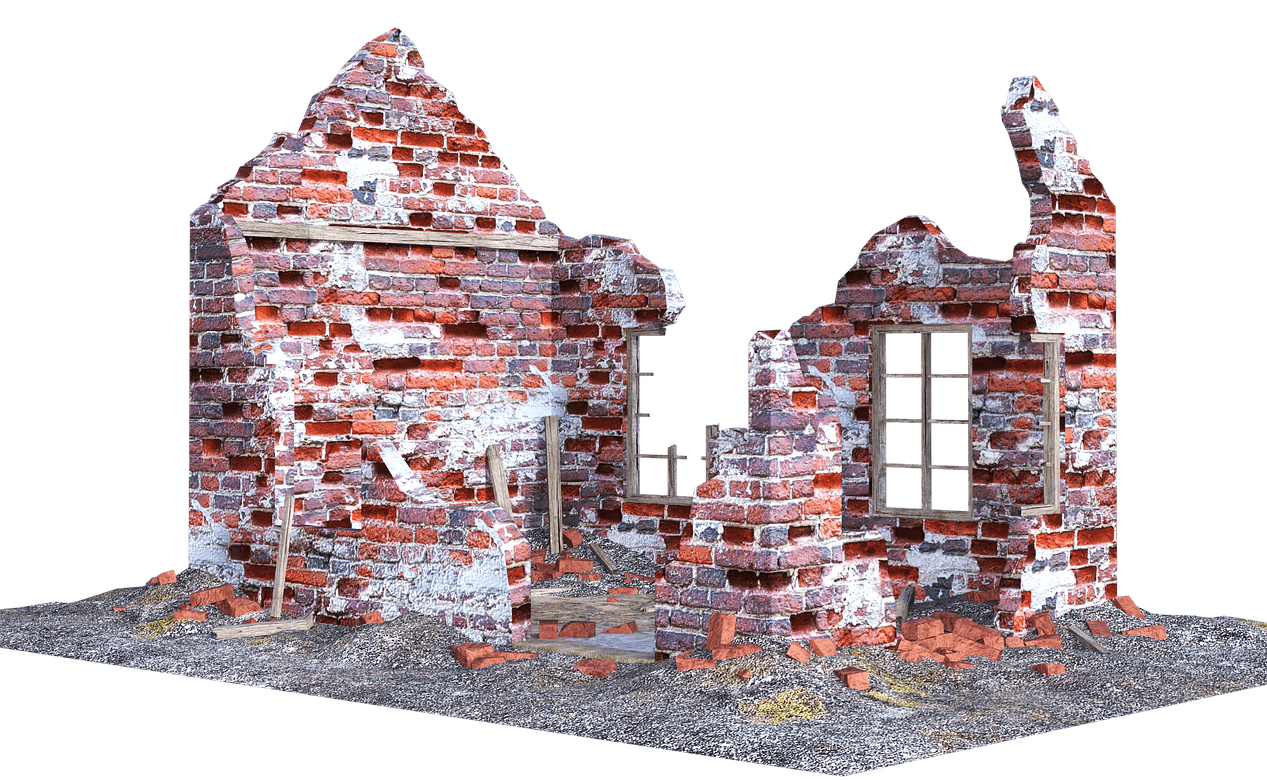When it comes to purchasing a house, one term that could crops up is “as-is where-is.” This clause can be a bit perplexing for many prospective buyers, and it’s crucial to grasp its implications before making a decision. In essence, buying a house “as-is” means you are acquiring the property in its current condition at closing, with no expectation of the seller making any repairs or changes. This condition encompasses the entire property, including its structure, fixtures, amenities, exterior, and yards.
But what exactly does this mean for you as a buyer? Let’s break it down:
Property in Its Current State
When you purchase a property “as-is,” you are essentially accepting it in whatever state it’s in at the time of closing. This means that if, for example, the property appeared to be in excellent condition during your initial visit, but upon closing, you discover that it’s missing essential fixtures like toilets, you have no recourse against the seller. You are assuming the responsibility for any discrepancies or issues that may arise after the purchase.
When to Consider an “As-is” Purchase
Vacant Land
If you’re buying vacant land, the “as-is” clause is more common, as there are typically fewer structures and amenities to consider. In this case, the condition of the land itself is typically what you’re acquiring, and improvements or changes are your responsibility.
Crappy Fixer Upper
“As-is” purchases are also commonly associated with properties that require extensive renovation or are in poor condition. Buyers may agree to this clause when they are fully aware of the property’s condition and are prepared for the associated costs and effort.
Hot Market and Seller Request
In a highly competitive market, sellers may request an “as-is” sale to simplify the transaction. While this might be acceptable, it should be approached with extreme caution. Buyers might want to dig deeper to uncover the true reasons behind this request in case of any potential serious issues with the property. It’s essential to conduct a thorough inspection to uncover any hidden issues and ensure you are comfortable with the risks.
Assuming the Risks
One critical aspect of buying a house “as-is” is understanding that you are assuming all the risks that come with it. You must be prepared for unexpected costs and repairs that may arise after the sale. To mitigate these risks, it’s highly advisable to have a comprehensive inspection performed before finalizing the purchase. This can help you identify any underlying issues and make an informed decision about whether the property is the right fit for you.
In conclusion, the “as-is where-is” clause is a significant consideration when buying a house. It signifies that you are accepting the property in its current condition, with no expectations of repairs or alterations by the seller. It’s a valid option for specific scenarios, but it should be approached with caution and a thorough understanding of the property’s condition and potential risks.




